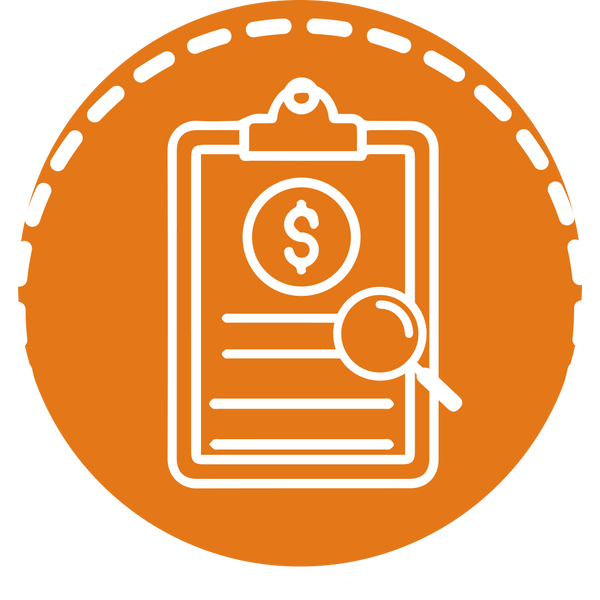
A Roadmap to Successful STEM Grant Writing
An expert panel shares their insights on all things STEM funding. Kaitlin Maguire, Grant Writer and iSTEM Coordinator at the Idaho STEM Action Center, and Laurie Anderson, K-12 Education Programs Manager at the Micron Technology Foundation, walk you through their top tips for grant writing and finding STEM education partnerships. Kaitlin provides the adjudicator's perspective on grant proposals and shares resources for you to use in your own grant planning and writing process. Laurie brings a unique perspective from the corporate side, sharing how businesses can support STEM beyond financial contributions. We also bring in advice from Brandi Milliron, a middle school STEM educator who has won several STEM grants in the past. She shares the story of her first grant application, plus the tricks she's learned since then.
Webinar Recording:
Webinar Resources:
Additional Q&A:
1. If you apply for a grant that is for materials that you would use for multiple years, what would you put for direct and indirect students affected?
- Kaitlin: You can estimate the direct impact as the students you will impact during the grant period and then mention how you will use the materials in future years with an estimated number for students per year.
- Laurie: Indicate how many students, per year, these materials are expected to be used by. Could also include the estimated life of the materials and plans for upgrades and replacement costs if necessary. Most importantly, include a plan for how the grantor can have somewhat of a “guarantee” that these materials will be used year after year. It’s very disconcerting as a grantor to find out that, for example, money given to a school for materials that, even though they have an infinite shelf-life (i.e. not technology that becomes obsolete), are sitting in a closet a few years later, not being used by anyone.
2. What are the odds of getting a grant? How many should I apply to?
- Kaitlin: This varies by granting agency. The Idaho STEM Action Center averages a 50% acceptance rate.
- Laurie: You can increase your odds in a number of ways: 1) Ask for a smaller amount, for a certain part of what you need (i.e., instead of asking for an entire STEM lab, ask for one component of the lab). 2) Indicate how your school is willing to have some “skin in the game”; e.g. a fundraiser for some portion of what you need. 3) If the grant asks for a line-by-line budget, be sure to include that. A grantor may not be able to give the whole amount, but instead of a complete “decline”, can pick something out of the list that works.
3. In the narrative that is often included in grant applications, can I use examples of success with students, or is that too much? We have had some incredible successes with a few of our most at-risk students.
- Kaitlin: Definitely! Don’t be afraid to share your successes. It is sometimes hard to do this because it fees like bragging, but there is no other way for the grant reviewer to know that you are good at what you do.
- Laurie: Absolutely. This is what grantors want to know: how is this really impacting students. Especially those under-represented, under-served, and impacted the most.
4. I need computers, laptops and tablets. So, would I simply state that we needed them, or why we needed them? (We need them to power our robots and learn coding.)
- Kaitlin: Why is it important for your students to learn coding? The answer to this will be your needs statement. You will solve this need by teaching them to code using robots and computers.
- Laurie: Technology like computers is a difficult thing to fund, especially if it is something that might become obsolete soon or is only used very sporadically. But always put WHY you need them, and specifically how you are going to use them in teaching concepts. Not just “We need computers to teach coding”, but “We have identified the following software packages and online resources to teach X, Y & Z about coding.” Also, do your homework so that the grantor knows you are interested in using their money wisely. I have seen many requests for “We need 10 iPads” – and my own homework could tell me by what they identified they were going to use them for that they didn’t really need iPads. Something else less expensive would work.
Blogs:
- STEM Funding Resources Nationwide
- Top 10 Tips to Building a Successful STEM Grant Proposal
- Out-of-the-Box STEM Funding
State-by-State Funding Lists
Resources from Kaitlin:
- Grant Writing Worksheet
- Grant Writing Book Recommendations:
- The Only Grant-Writing Book You’ll Ever Need by Ellen Karsh and Arlen Sue Fox
- The Ultimate Insider’s Guide to Winning Foundation Grants by Martin Teitel
Webinar Panelists:
Kaitlin Maguire
iSTEM Coordinator and Grant Writer
Idaho STEM Action Center
Laurie Anderson
K-12 STEM Education Programs Manager
Micron Technology Foundation
Brandi Milliron
Middle School STEM Educator
West Minico Middle Schools
Subscribe to be alerted of upcoming webinars
Want to be the first to hear about the next STEM education webinar? Subscribe to our newsletter by clicking the button below.












